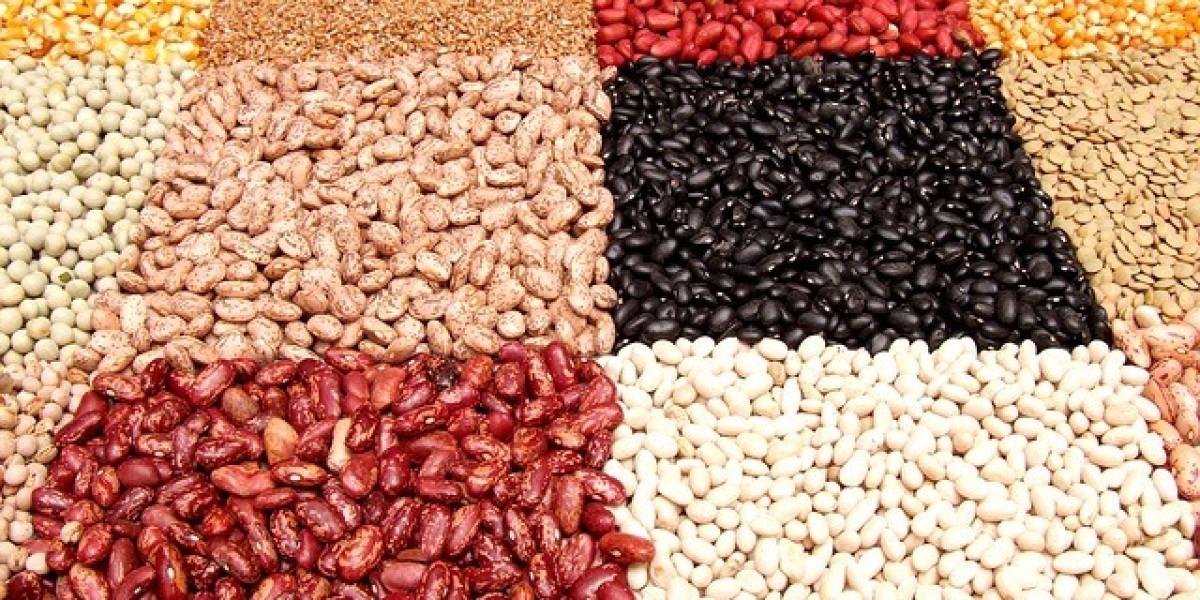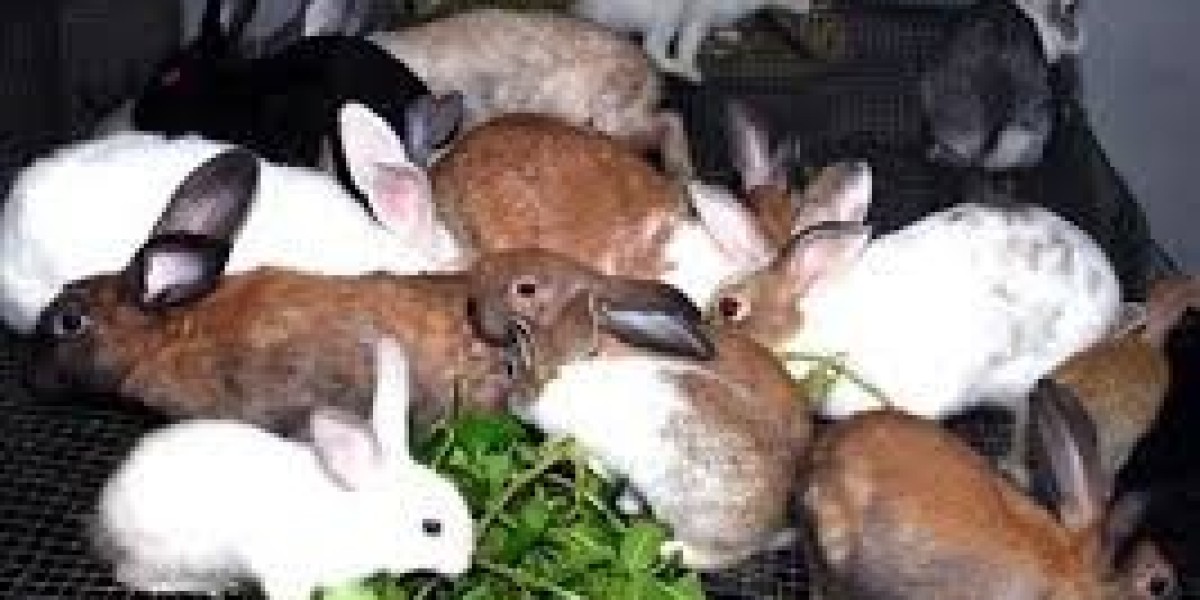Beans are extremely important as it is one of the most consumed legumes across the country alongside maize and rice. It is also known to be one of the cheapest foods on the Ugandan market making it affordable to almost everyone. There is an urgent market for beans in the country which means that there is a need for an increment in the production of beans. Beans go for different prices and it all depends on the type of beans and below is an estimation of the current pricing per kilogram.
Average Price Of Beans In Uganda
Yellow beans shs3000 or shs3200
Nambale beans shs3200 or shs3500
White beans shs4000
There are a lot of things that are needed for a thriving bean garden and below are what you should put into consideration as you plan to start your garden of beans.
Selection of the site: this is the first thing that you need to consider before you even start looking for the variety of beans you wish to plant. The location of the farm should have soils that have at least 6-7PH and it should receive moderate rainfall all throughout the year. The soils should be well drained as damp soil always rots the beans before germination. After you have gotten the right location, then it is time to start the planting process.
Been Seeds
Selection of the seeds: Selection of the seeds that you are going to plant is easy due to the variety of beans in the country, however the most grown variety is Nambale. The varieties of beans that are grown in the country include NABE 12, NABE 4, the common Nambale, NABE 15 to 2 and Narobean 1, 2 and 3 and all these can be grown in central, Northern and eastern Uganda. Climbing beans are mainly grown in the western part of the country and along the slopes of the Elgon Mountain and these are Nabe 12c, 29c and 17c.
The seeds should be planted 2 inches deep into the hole and then covered with soil and since they are fast growing plants, they start sprouting from the ground after 6 t0 7 days after planting especially if the soil is well fertilized.
The planting process: beans should be planted with the eye of the seed facing downwards, 2 inches deep into the soil and they should also be planted 5 to 6 inches apart. Make sure that you water the beans immediately after planting and apply nitrogen as a fertilizer in moderate terms to ensure proper growth of the seeds. Also note that beans are not to be planted near onions as this might lead to rotting of the seeds and improper growth. When they start sprouting, make sure that while watering the beans the leaves do not get wet.
There are two types of beans that you can grow and these are pole beans and bush beans. The bush beans start sprouting before the pole beans and they require a lot of space so you can plant both so that you have a continuous supply of beans all year round. Take care of the beans as they grow, carry out weeding where necessary.
Harvesting of the beans
the best time to carry out harvest of beans is during the dry season and when they are mature. The beans can effectively be harvested after 60 to 80 days after planting and some of the ways you can harvest is by either snapping the beans off the vine or by pulling it. Harvesting of the beans is affected by two factors and these are the stage of growth and the type of growth. The three stages of growth in beans are the shell stage, dry stage and snap stage.
Shell beans are harvested whether they are fresh or dried and are harvested at a later stage. The snap beans are harvested when the beans are still immature. The only way you can tell whether the snap beans are ready for harvest is by looking at the size of their pods. You need to check at least one or two pods to make sure that they are ready for harvest, however you can let them dry and become dry beans. Dry beans are best harvested when they reach maturity and they are harvested through threshing which removes the pods.
Beans should be harvested at the right time, that is they should not be harvested too early as this leads to harvesting of beans that do not have any flavour and if you harvest them when it is too late, they become too hard and take a long to get ready while being cooked.
Pests and diseases that affect beans
Some of the most common diseases that affect beans in Uganda include leaf rust although this mainly affects the leaves it also sometimes affects the pods and stems. They appear as small white spots and keep on enlarging and changing their colour to a reddish brown. Angular leaf disease also affects the leaves and the pods.
Pests that attack the beans include bean weevils, maggots, caterpillars and bruchids which affect the whole plant. The best way to control the above is by applying a fungicide known as ridomil two weeks after planting, carryout crop rotation, apply fertilizers and treat the seeds before planting them with streptomycin.
All in all, when the beans are well taken care of from the planting process to harvest time can give you 100% profits irrelevant of the types that you have planted.



